It’s been 48 hours since the long-awaited Netflix debut of Star Trek: Prodigy’s second season, and today we’re diving deep into the creative choices behind these twenty new episodes with series creators and showrunners Kevin and Dan Hageman.
We last talked with the Hageman brothers a year ago, shortly after the series disappeared from the Paramount+ library and was searching for a new home. Now, after nearly 8 hours of Prodigy episodes dropped into fans’ laps this week, we chat with the duo about the season’s full-circle ending, surprising character cameos, and more.
This interview contains spoilers for the entire season.
Proceed with caution if you haven’t finished watching!
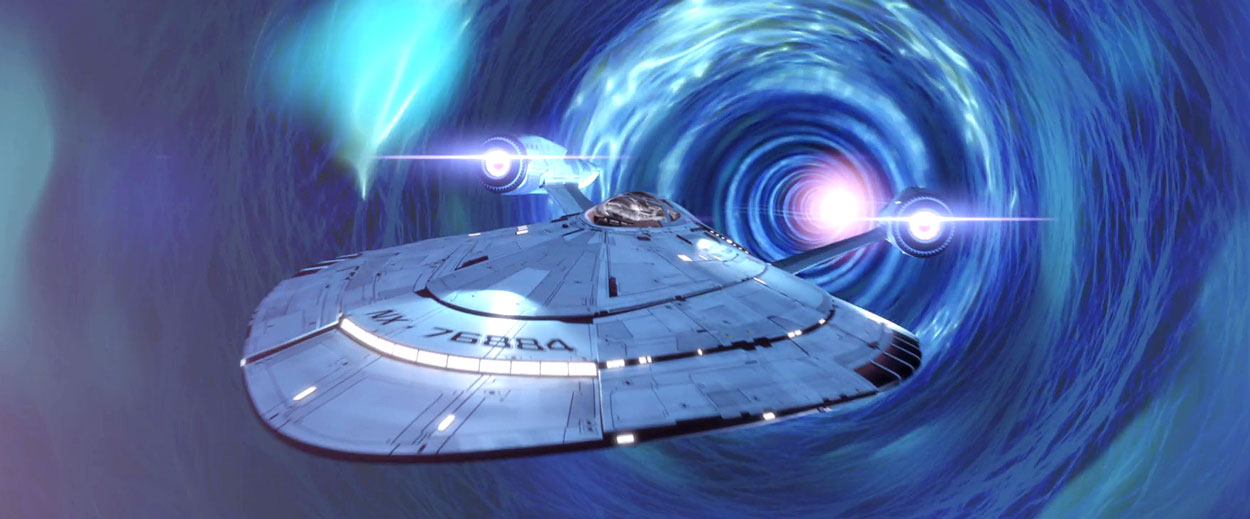
- TREKCORE: There is so much about Season 2 — especially the ending — that points right back to where the show began in “Lost and Found,” and personally I thought the whole season concluded in a very satisfying way. Tell us about how you developed this year’s story arc.
KEVIN HAGEMAN: When we got to the end of Season 1, we realized that there was so much more story here that we hadn’t even delved into. When we were doing Season 1, Dan, did we know how Season 2 would end?
DAN HAGEMAN: Well, really, Season 2 really has two endings, including the coda connecting to Star Trek: Picard. Because of the time period, we knew we were going to run up against some touchy subjects within the Star Trek lore. But then there is the full-circle aspect of finding the time-travel fix.
KEVIN: We knew that the end of Season 1 had this sort of Wrath of Khan ending, in the farewell to the Protostar and to Hologram Janeway. We knew that wasn’t going to be the end – but we wanted to have them earn back both the ship and Hologram Janeway.
TREKCORE: And the whole time-loop thing of sending the Protostar back to Tars Lamora?
DAN: No, we didn’t know about that when we wrote the series pilot. After we had finished Season 1, we knew a few things — Chakotay is stuck in the future as a POW, we know Gwyn has to go to current-day Solum — so that meant there would need to be time-travel elements to the next part of the story. Then the questions become, “What could happen? What’s the nexus point that makes everything go wonky?”
Then you just kind of follow the breadcrumbs, and as writers, you follow your instincts about the characters: where they need to go, what needs to happen, and what are the big challenges ahead of them?
DAN: But it all needs to add up, too, right? I hate it when I watch a show and it’s clear that the creators didn’t know where the story was going — and I’m really happy that you said that things wrap up nicely.
KEVIN: Yeah, thanks for saying that — it’s not like a time travel story in a Marvel movie or something, where you can do whatever… it’s time travel in Star Trek, people are going to hold you to the fire!
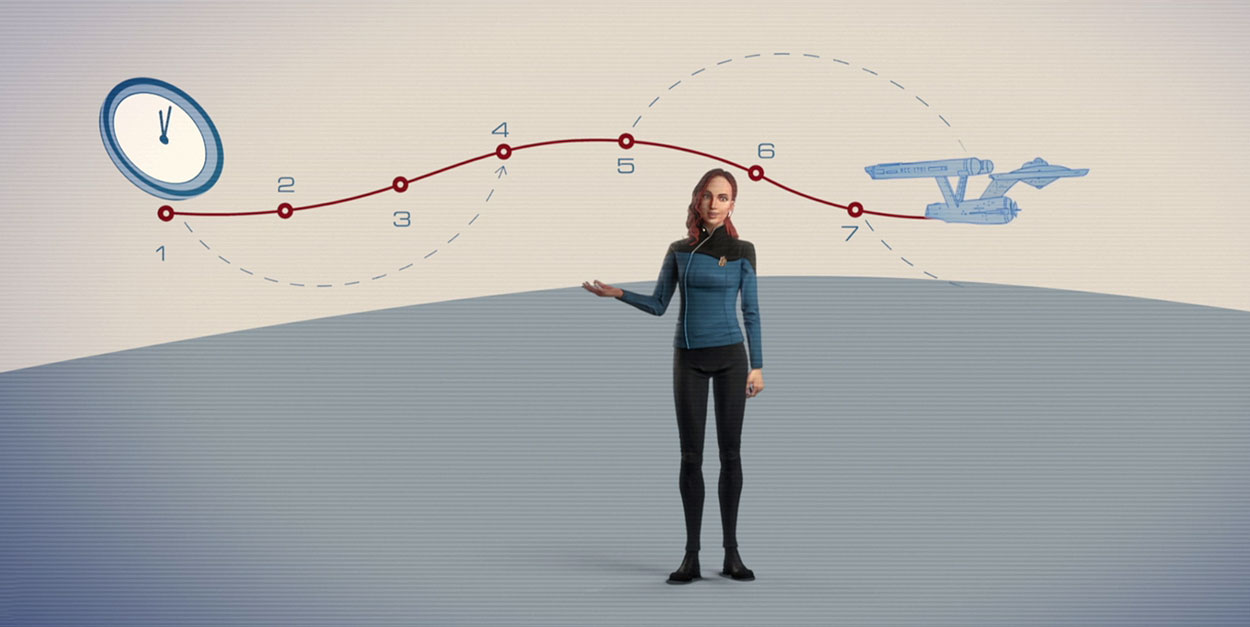
TREKCORE: Speaking of all the time travel, there are a lot more complicated story elements in Season 2 – not just the time loop, but alternate universes, temporal paradoxes, and more.
When you’re targeting the story towards younger viewers, how do you approach presenting these heady concepts in a way that won’t leave them confused about what’s happening?
KEVIN: Well let me ask you: if you were a kid, would you want us to dumb it down for you?
TREKCORE: Oh, definitely not! But there were moments where one of the kids would say, “Well, I don’t know what you’re talking about, but it sure sounds exciting!” — and you can’t do that every time, right?
KEVIN: No, but that’s why we have Dal — who’s new to a lot of this stuff –and he can say “I don’t understand all this timey-wimey stuff.” That let’s everybody else go, “Well, that’s because you didn’t read Temporal Mechanics 101!”
DAN: And there has to be a simpler version that works for kids, so they don’t need to know the details — but they can still understand what’s happening, and it can work on both levels.
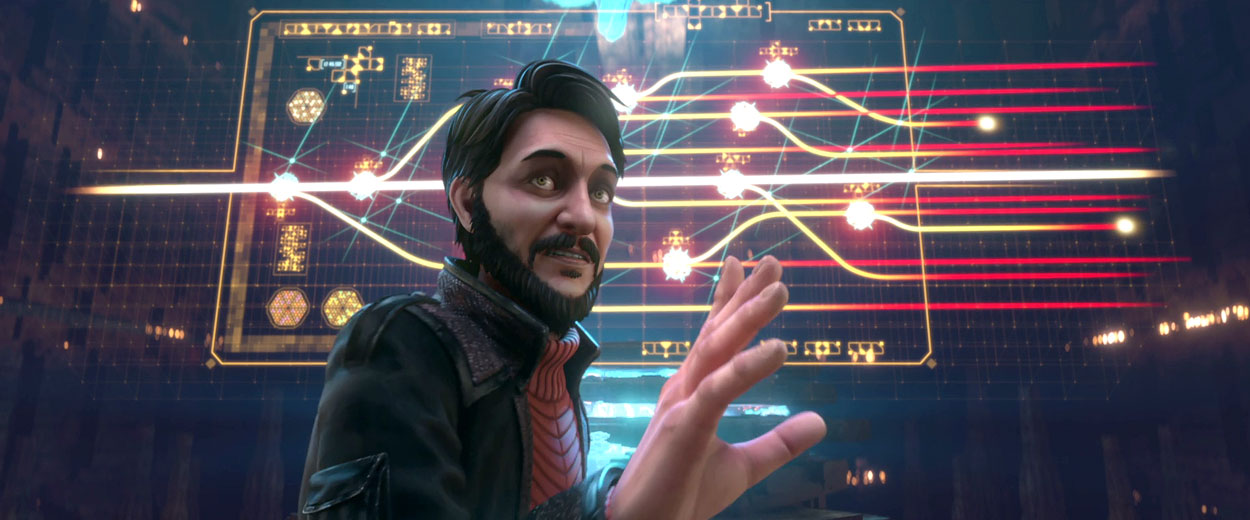
TREKCORE: One of the big sources of that ‘timey-wimey’ business is the inclusion of Wesley Crusher from Star Trek: The Next Generation. How did you go about deciding to bring that character into the show, and making Wil Wheaton a big part of Season 2?
KEVIN: That started in the writer’s room, discussing would could happen. Jen Muro in our writer’s room, she had a Wesley Crusher poster on her wall as a teenager! (Laughs)
When we started to realize this was going to be a time-travel season, we were like, “Who better than the Timelord himself?” We looked back at his last Next Generation episode, and felt like it was a bit of a disservice to the character, because we wanted to know a lot more — he was the original ‘kid on a starship,’ the original prodigy!
Once his name was brought up in the writer’s room, it was just, like, “Yes, yes, yes!” And then when we worked with him, it was even greater. Wil is such an amazing guy, and how much he cares about children and about Star Trek? These two things are his greatest loves, and to see those come together in the show — and having him be on it — was a real treat.
DAN: He was in the recording booth and just loved doing it. He and the other legacy characters, like Chakotay, it was interesting to explore how they have changed since we last saw them? They all had so much fun in their roles.
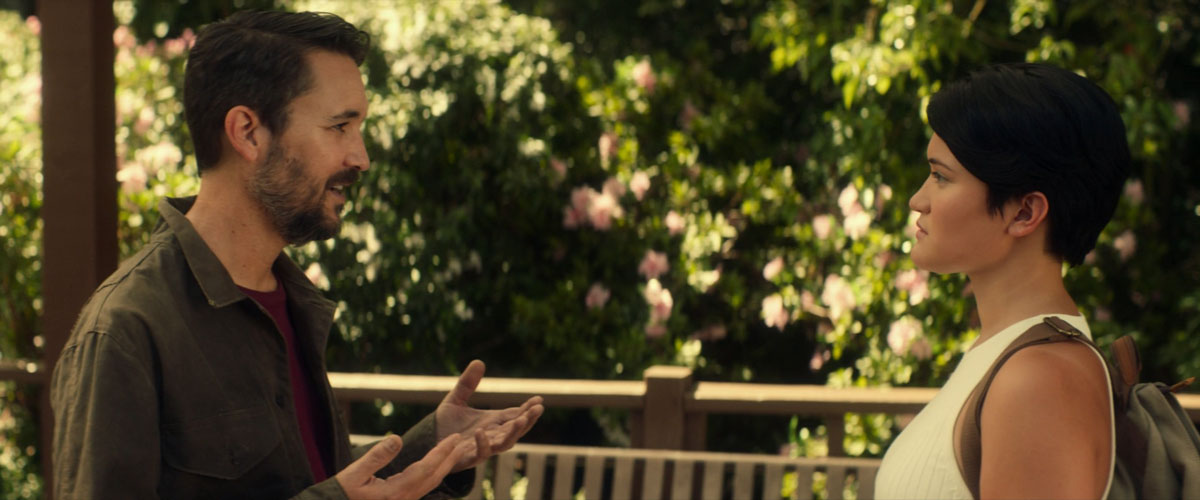
TREKCORE: Were you planning to utilize Wesley before Wil’s cameo at the end of Picard Season 2?
KEVIN: Oh, yes! We were already writing Season 2 when Akiva Goldsman and Terry Matalas — Picard’s showrunners — reached out to us and say “Hey, we heard you’re using Wesley, and we were hoping to do a little thing with the character…”
It was great, you know — and that let us learn about what’s going on with Jack Crusher, Wesley’s brother, and to find a way to see how we could touch that in our show and acknowledge what Picard was doing.
TREKCORE: Bringing in Beverly (and that little Jack cameo) was really an interesting thing to see happen, especially after those trade reports about Trek showrunner coordination efforts — it makes everything feel so much more cohesive when you can see the shows directly influence each other so directly.
DAN: And we wanted to be at the same table as the other shows, right? We could have ignored the Picard moments — the Mars attack and its ramifications — but we thought it would be more powerful to acknowledge it. Then, we have to find a way to separate Prodigy from the dark cloud now hanging over the Federation, and keep our kids and our show in the light.
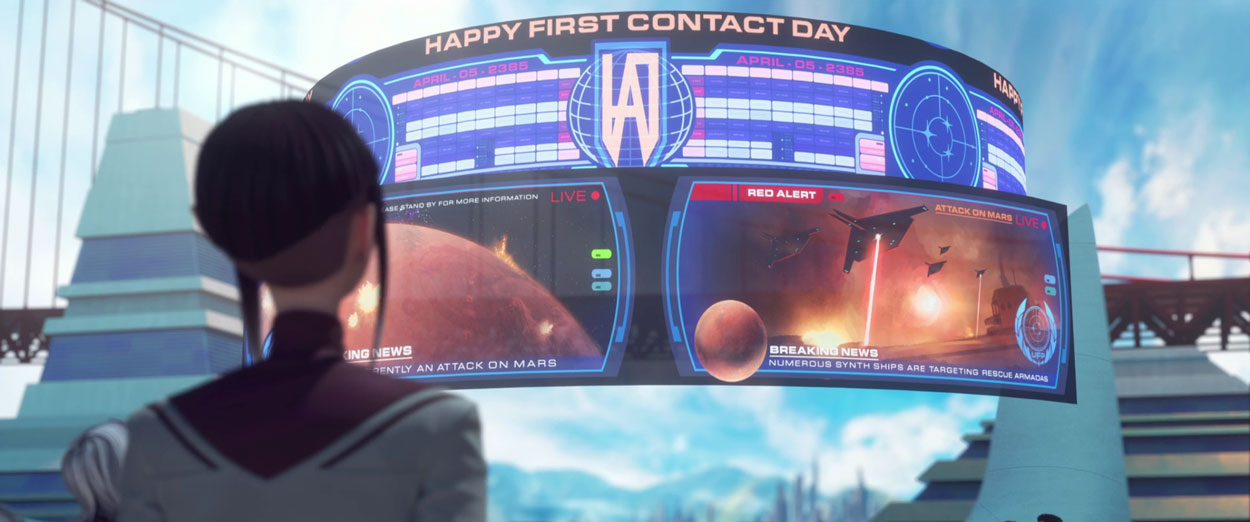
TREKCORE: Touching on some of the character moments, tell me a little about Zero’s arc — giving them a physical body, and then putting an expiration date on it?
KEVIN: When we talked about the character arcs, we were always imagining them as Starfleet Academy hopefuls, and it was clear to see what each character would act like. When it came to Zero, we loved exploring those themes — as a complex non-corporeal entity, what would it feel like to, well, feel? To touch?
DAN: Zero is a teenager, you know? I mean, even though they may be however many years older than the other characters, they’re still a teenager in Medusan terms — and these are coming of age stories.
KEVIN: So it started with wanting to get Zero a body — and then once we know they were going to get that body, and what kind of body it would be… we knew it wasn’t going to last. They would have to choose between that new body and their friends — which is a difficult choice — but again, it goes back to the whole found family aspect of the show.
Where do they belong? How do they feel about things? That was always the basis for a lot of different conversations: what kind of body would they choose? What kind of body would they want? What’s the best kind of body they could explore in? So there was a lot of talk about Zero and their different potential, uh, exteriors.
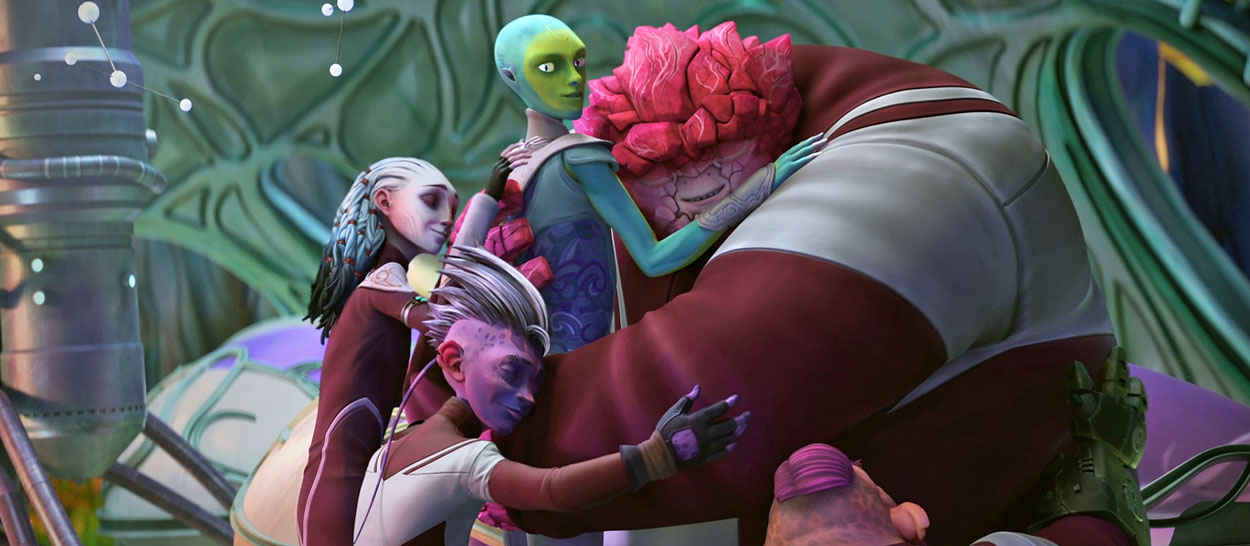
TREKCORE: And speaking of that ‘found family,’ this season you added Maj’el to the gang. After spending Season 1 building the relationships between the original six kids, was it a challenge to integrate another new character in a balanced way?
DAN: With Maj’el, she joins them — but she’s not just another friend who comes along, right? She’s a bit of an antagonist. She’s that mirror that’s held up to our gang, and the example of a true ‘top gun’ sort of a young officer.
KEVIN: She’s not into shenanigans. (Laughs)
DAN: Yeah, she’s like the adult in the room. Plus, we never explored Vulcans in Season 1 — remember, our show is meant to be an on-ramp for kids and new viewers, introducing everyone to the main elements that make up Star Trek’s DNA. So we’ve gotta have a Vulcan now — and a teenage one at that.
TREKCORE: Then with Chakotay… you left him on a planet for 10 years, and you didn’t undo it! I was waiting for some kind of reset on that, and I have to say I was impressed that never came. Was there much of a debate on that?
KEVIN: No. (Laughs)
DAN: Nope. He’s a hero!
TREKCORE: Well all right then!
KEVIN: We wanted him grizzled!
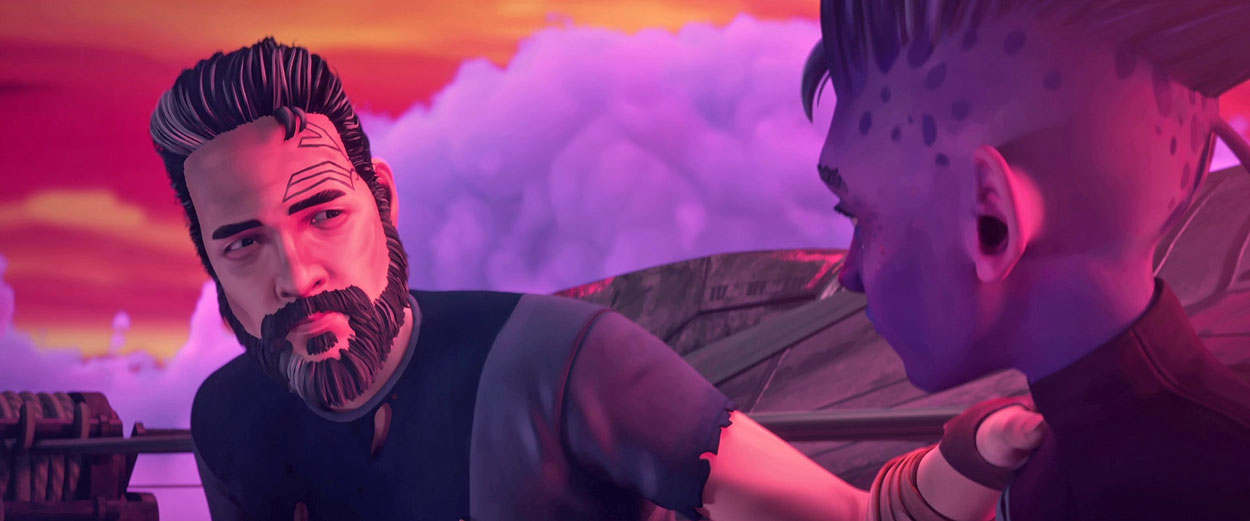
TREKCORE: I know you finished Season 2 quite a while ago, and there’s plenty of talk about what could happen next, like a third season — if Netflix, or whoever is making those decisions now, has the inclination to move forward — and I’m sure you have ideas for more adventures.
But if this is the end of Prodigy’s story — how do you feel about that?
KEVIN: Well, I’m happy with our ending for Season 2. Like, it’s an ending that does wrap things up without leaving a bunch of hanging questions. It really does feel satisfying. But of course, yes, we want to do more! I mean, we always envisioned more for Prodigy when we first created the show — we wanted toys, and all that.
But it’s got to perform really, really well on Netflix, I think. That’s going to be the challenge, because today’s market there are so many shows…
DAN: And that’s nothing to do with the quality of Prodigy. There’s just so much content out there – and most shows don’t get more than two seasons. You have to be on the level of like Wednesday or Strange New Worlds, something that really hits the button.
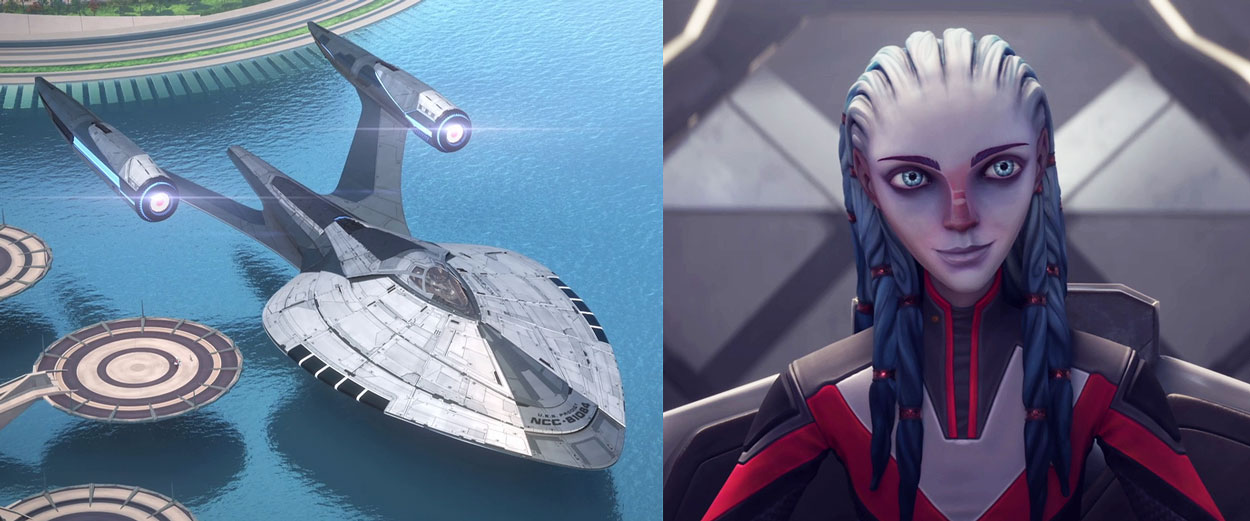
KEVIN: But you know, there is also the chance that we do well — but not necessarily well enough to warrant a third season. But could it be ‘good enough’ to warrant a 90-minute animated feature? That’s certainly cheaper than doing 20 more episodes, right? There are different ways that Prodigy could keep going.
DAN: With this show, though, you could take a ten-year hiatus and come back to the story. Like, now Rok-Tahk has an eyepatch, what’s that about? (Laughs)
This interview has been edited for length and clarity.
![]()
Star Trek: Prodigy Season 2 is available to stream now on Netflix globally (excluding-Canada, Nordics, CEE, Netherlands, Spain, Portugal, Poland, Russia, Belarus, and Mainland China). The show can also be viewed on SkyShowtime in the Nordics, the Netherlands, Portugal, Spain and Central and Eastern Europe.
